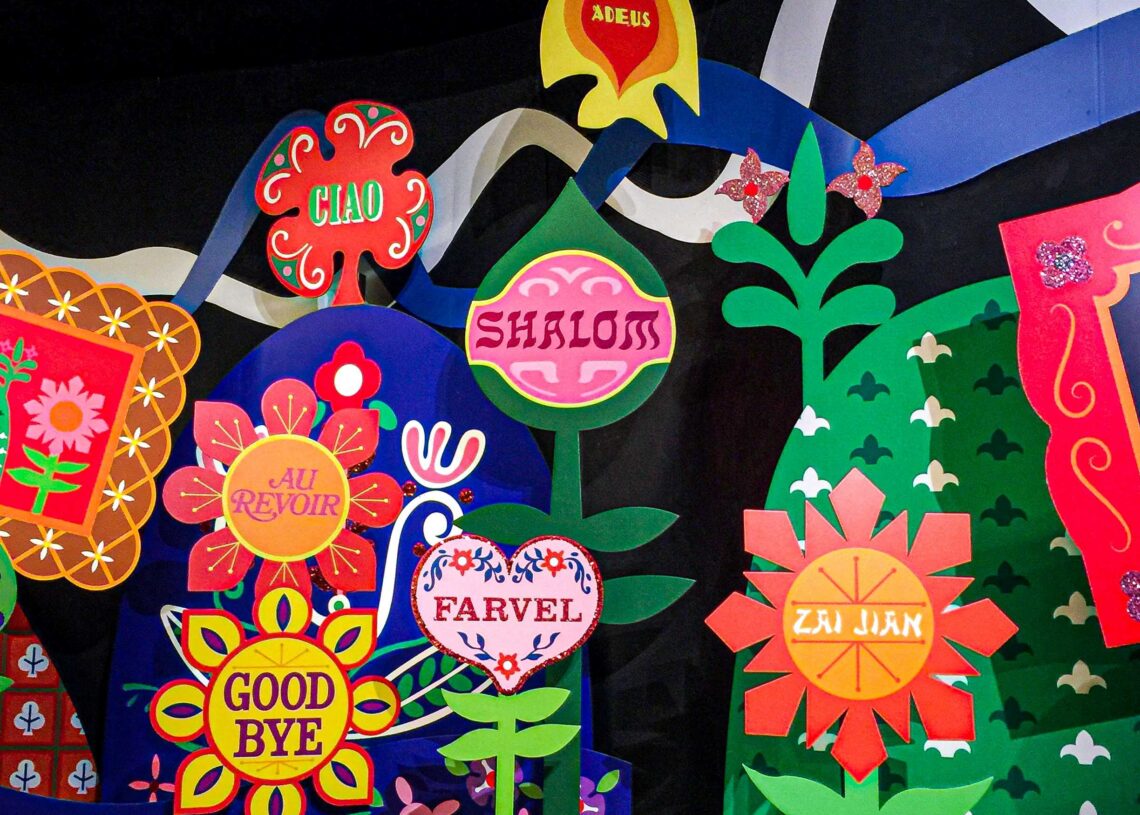Tanzania, a land of stunning landscapes, vibrant cultures, and rich traditions, is home to a remarkable linguistic tapestry. With over 120 languages spoken across the country, Tanzania language stands as a testament to the diverse linguistic heritage that thrives within its borders.
The linguistic landscape of Tanzania is incredibly diverse, with four major language families represented: Bantu, Cushitic, Nilotic, and Khoisan. Bantu languages are the most prevalent, spoken by the majority of Tanzanians. Swahili, a Bantu language, serves as the official language of Tanzania and plays a significant role in fostering national unity and communication across diverse ethnic groups.
Swahili, also known as Kiswahili, is a language that unites Tanzanians and holds a special place in the country’s cultural fabric. It is spoken as a first or second language by a large portion of the population and is recognized as a lingua franca throughout East Africa. With its melodic rhythms and expressive nature, Swahili reflects the warmth, resilience, and communal spirit of the Tanzanian people.
Beyond Swahili, numerous indigenous languages thrive in Tanzania, each offering a unique glimpse into the cultural heritage and traditions of its speakers. From the Kikuyu in the north to the Chaga in the east, the Nyamwezi in the central regions to the Makonde in the south, these languages bear the imprints of centuries-old customs, folklore, and oral traditions.
One fascinating aspect of Tanzanian languages is the rich oral literature passed down through generations. Traditional tales, proverbs, and poetry form an integral part of the cultural fabric, preserving history, imparting wisdom, and connecting communities. Engaging with native speakers and immersing oneself in the local culture provides a window into these vibrant oral traditions, fostering a deeper appreciation for the linguistic heritage of Tanzania.
While Swahili serves as the lingua franca, English also plays a significant role in Tanzania. As a former British colony, English continues to be widely used in education, government, business, and tourism sectors. English speakers can greatly facilitate communication and enhance cultural exchanges for visitors exploring the country.
For language enthusiasts and travelers eager to delve into the linguistic diversity of Tanzania, resources such as language courses, phrasebooks, and online platforms can be invaluable tools. These resources offer opportunities to learn basic greetings, phrases, and cultural etiquette, enabling meaningful interactions and fostering a greater understanding of the local communities.
As we celebrate the linguistic complexity of Tanzania, language preservation and revitalization is greatly important. Efforts to document and promote indigenous languages contribute to the cultural identity and self-determination of linguistic communities. Supporting initiatives that promote language education, literacy, and cultural preservation plays a vital role in ensuring the continued vibrancy of Tanzania’s linguistic heritage.
Tanzania stands as a testament to the rich linguistic diversity that flourishes within its borders. From the widespread use of Swahili to the plethora of indigenous languages spoken across the nation, Tanzania offers a treasure trove of linguistic beauty and cultural heritage. By embracing the languages of Tanzania, we forge connections, foster understanding, and honor the profound legacy of this remarkable nation.
Image Credit: Photo by JACQUELINE BRANDWAYN on Unsplash




